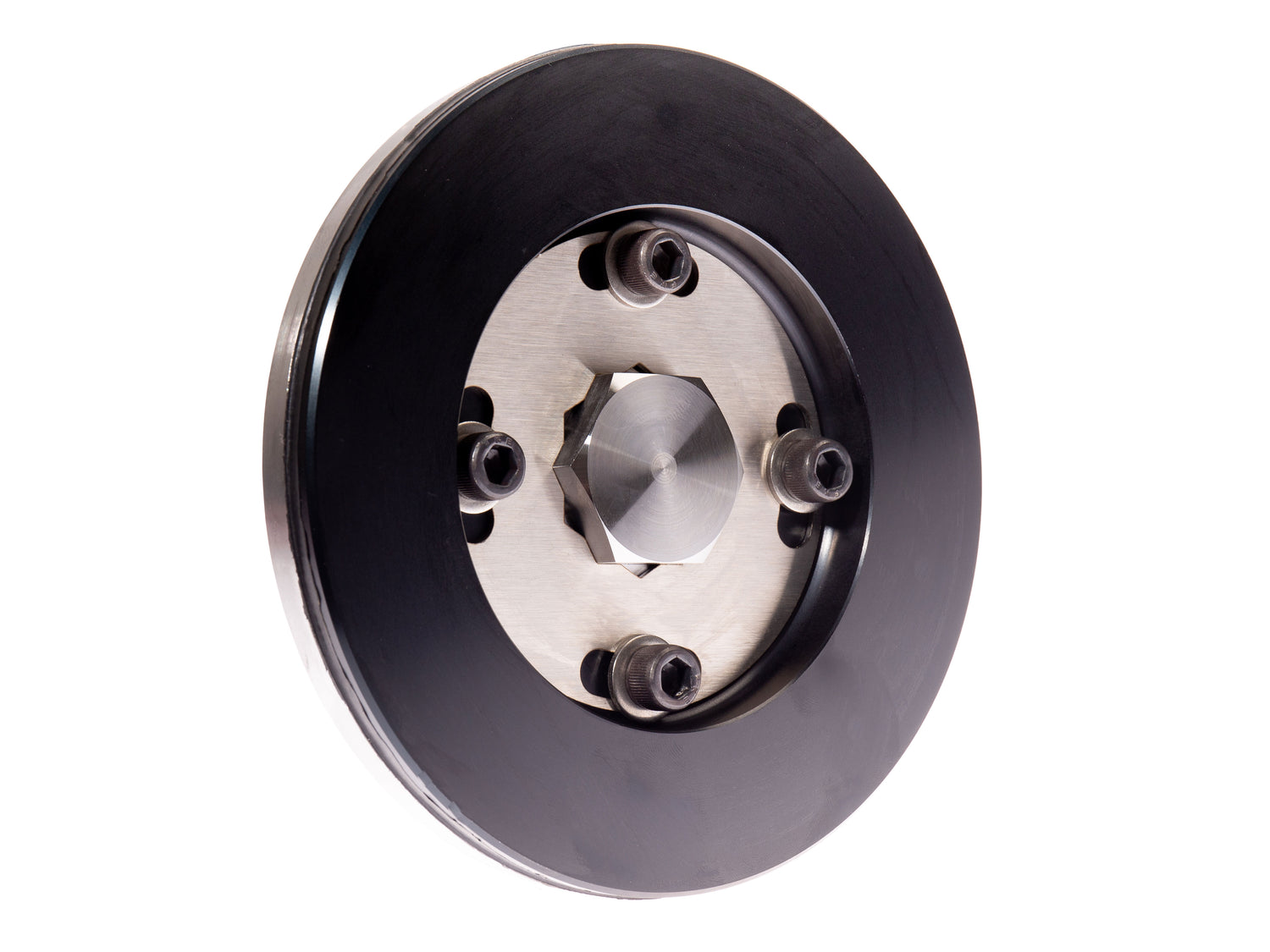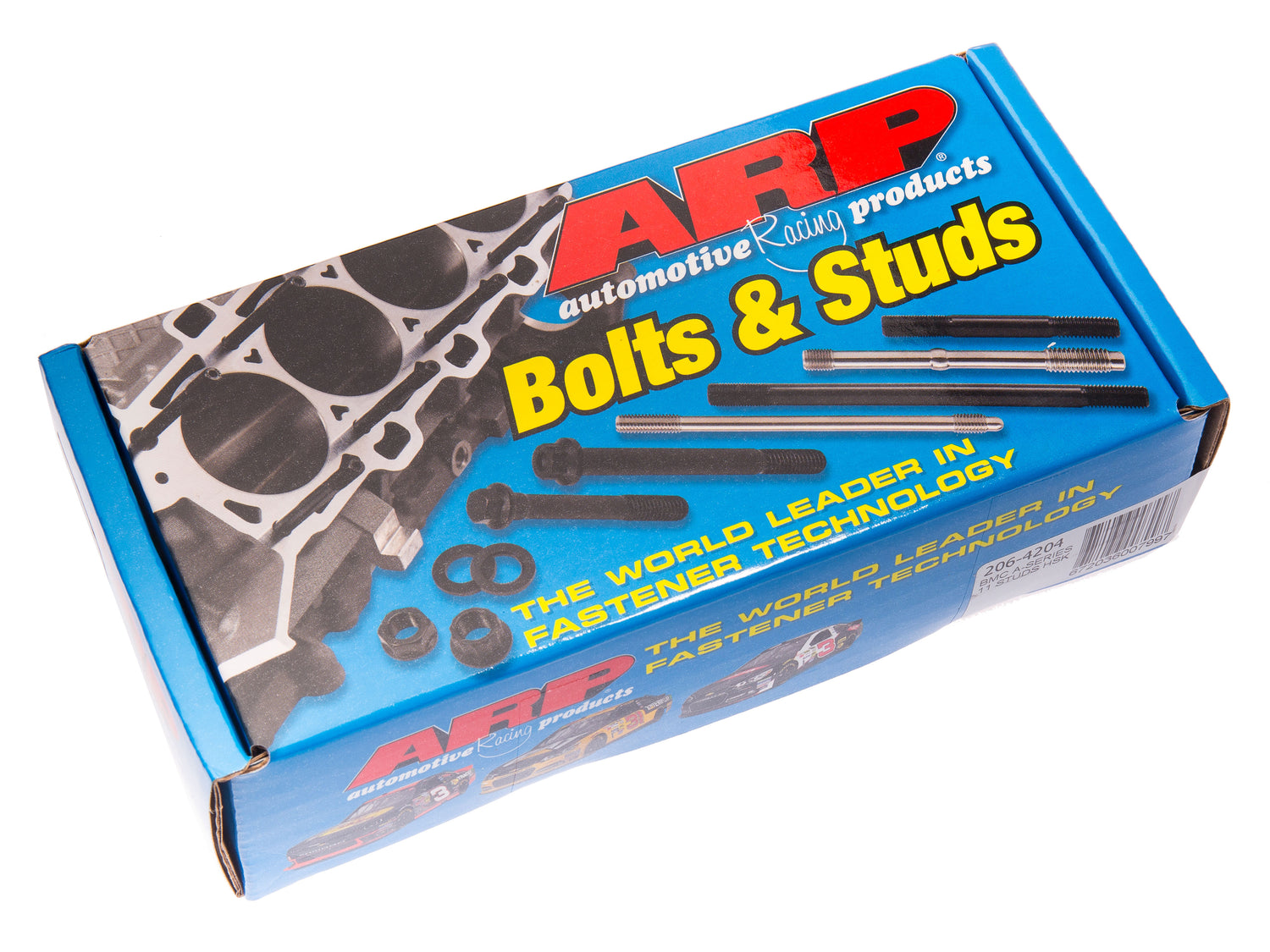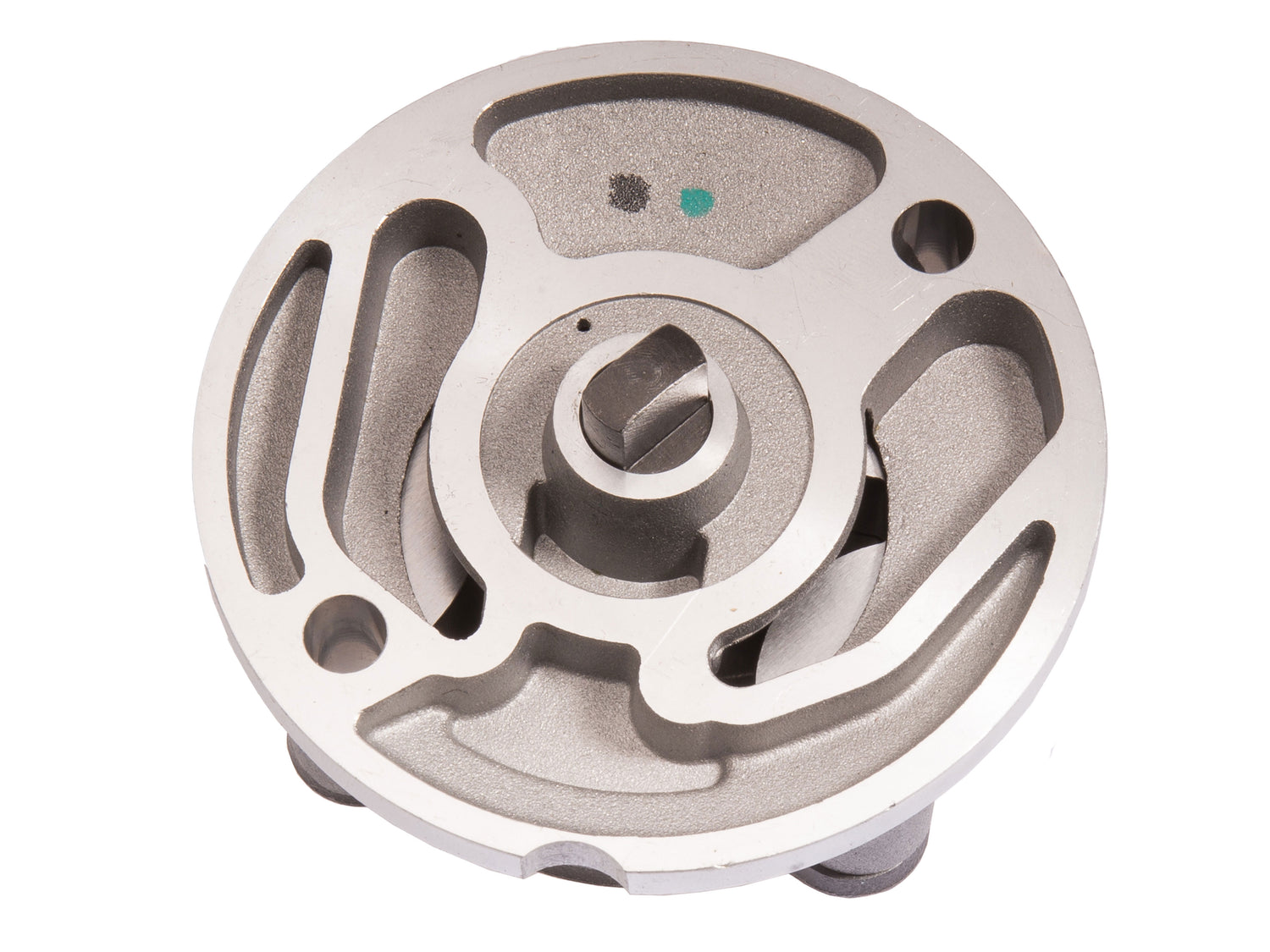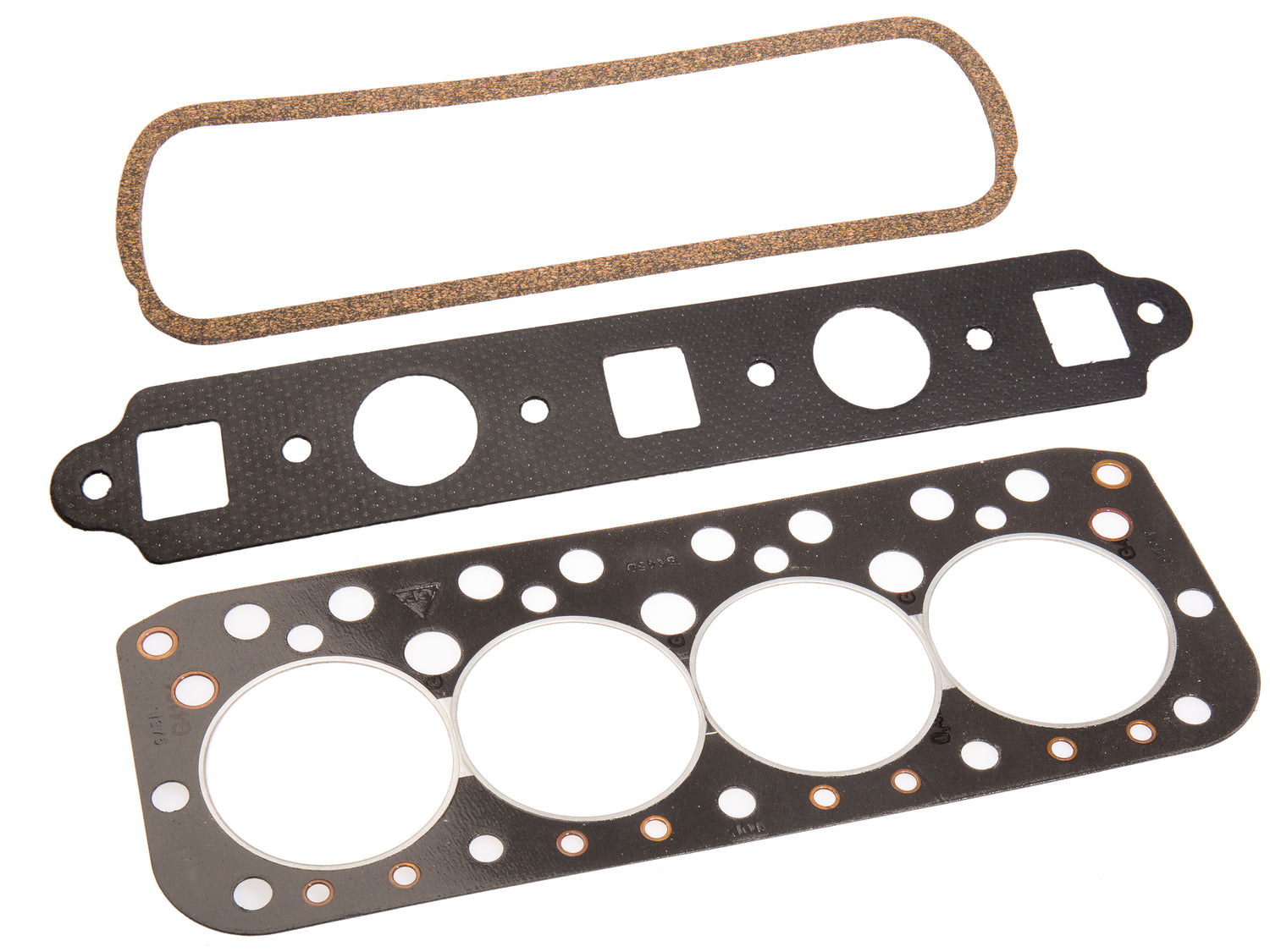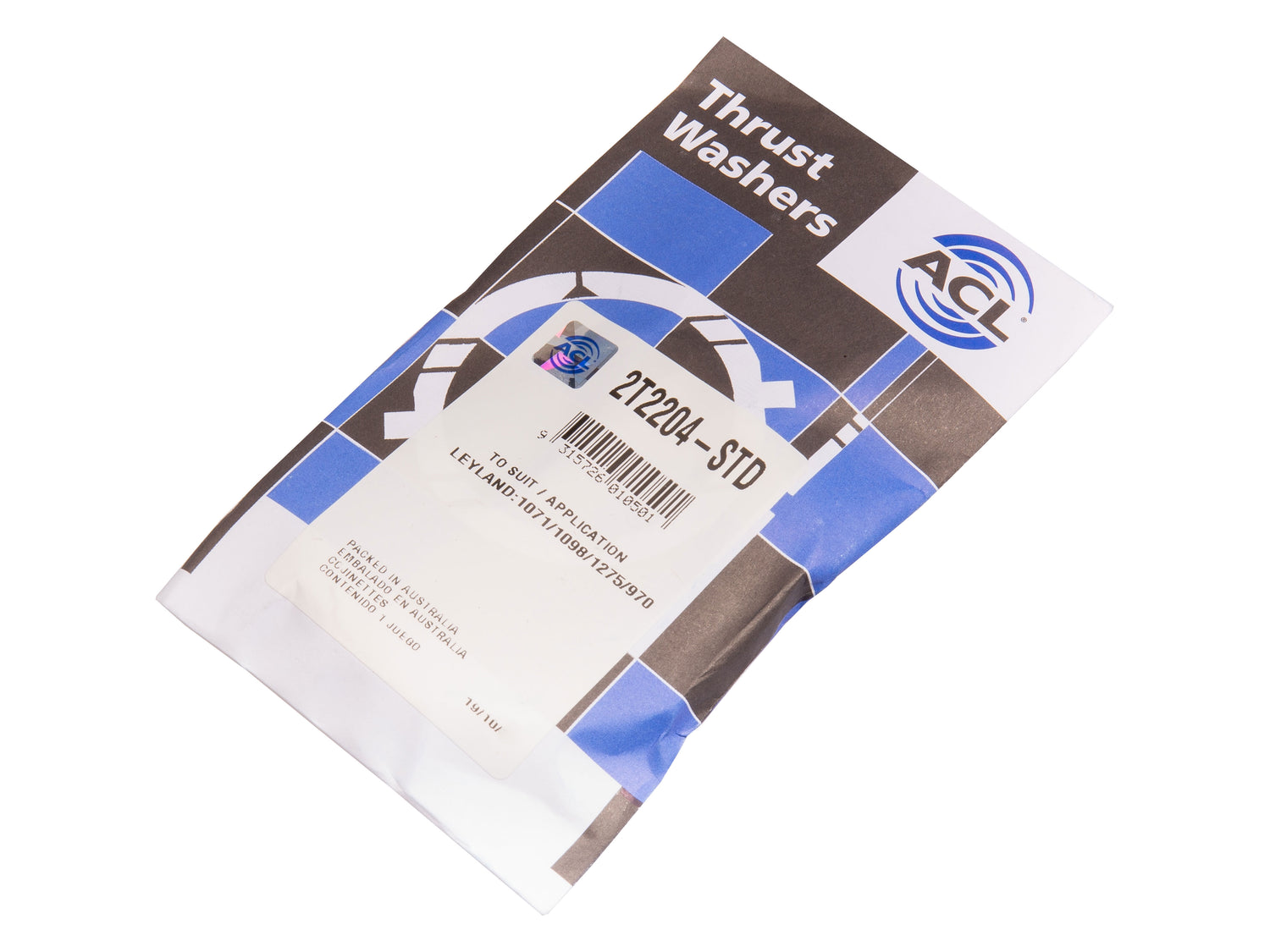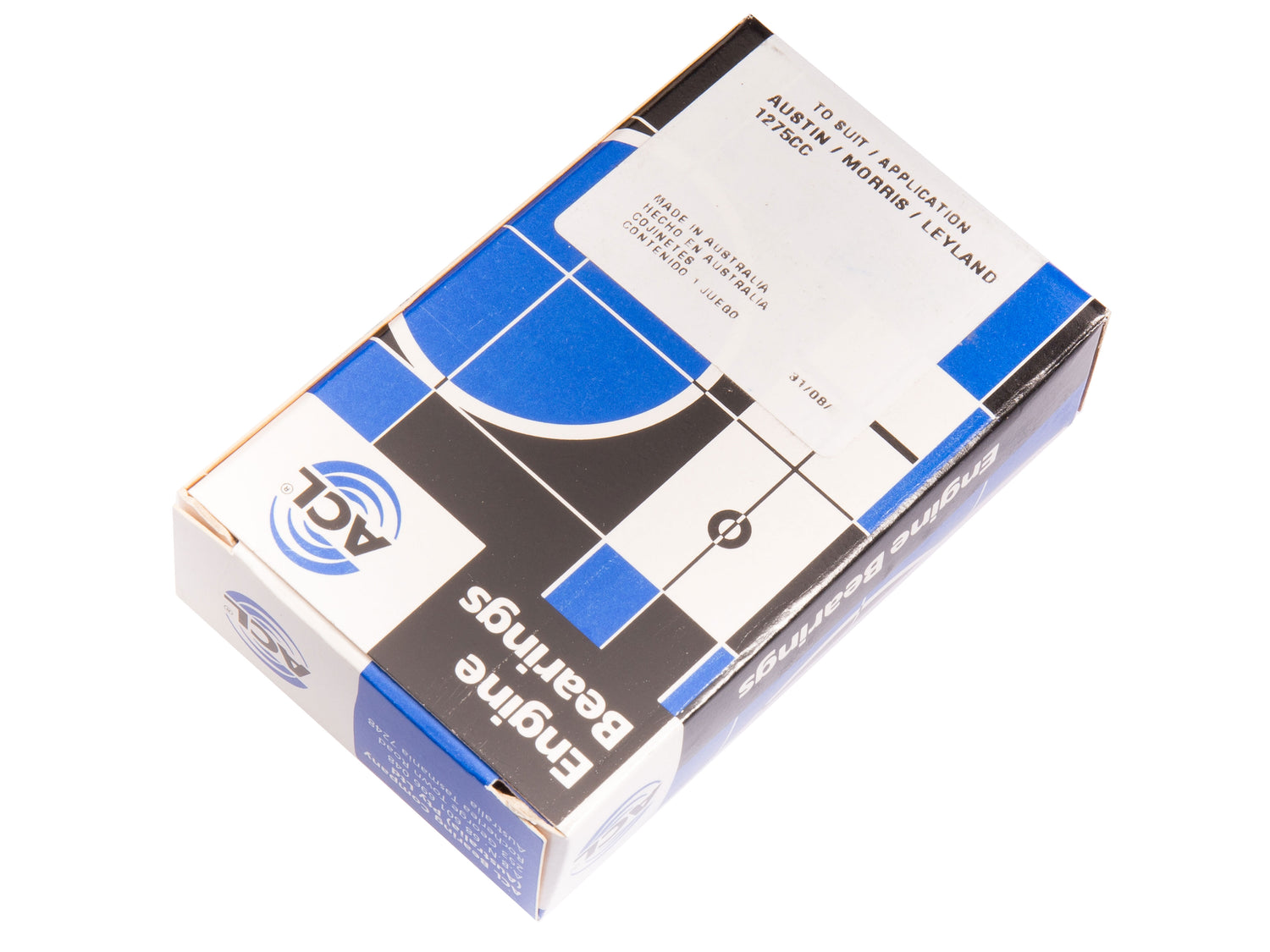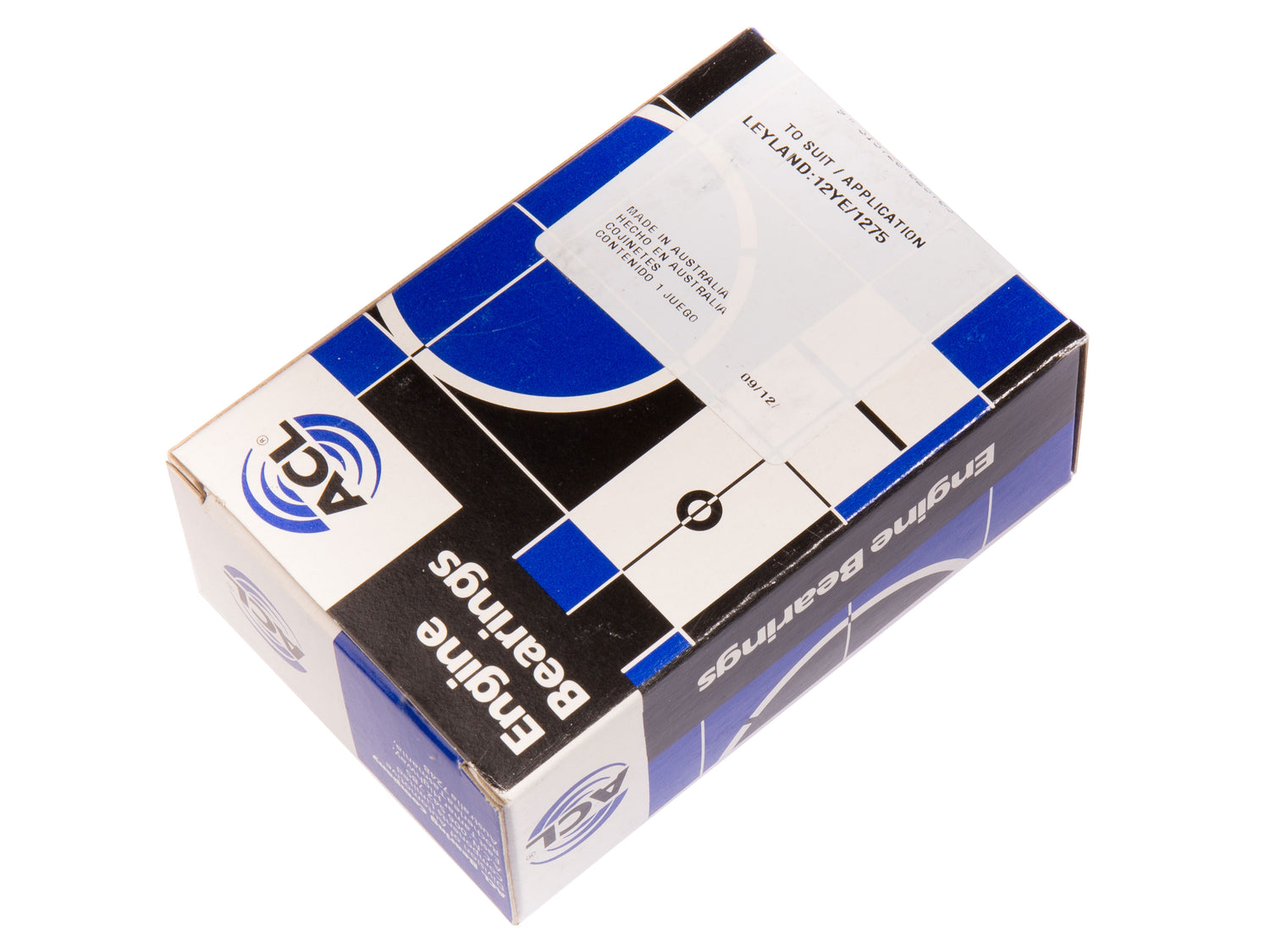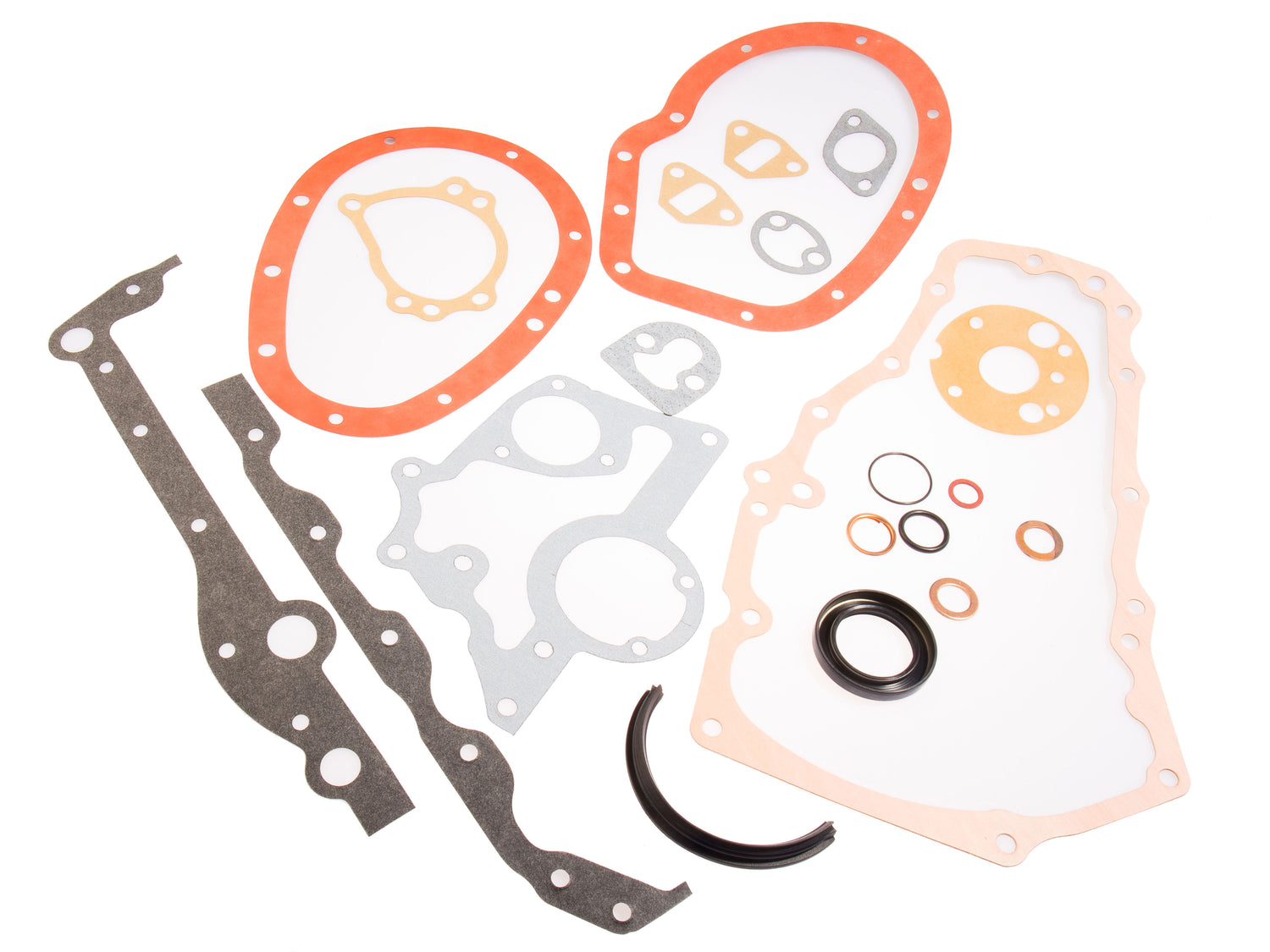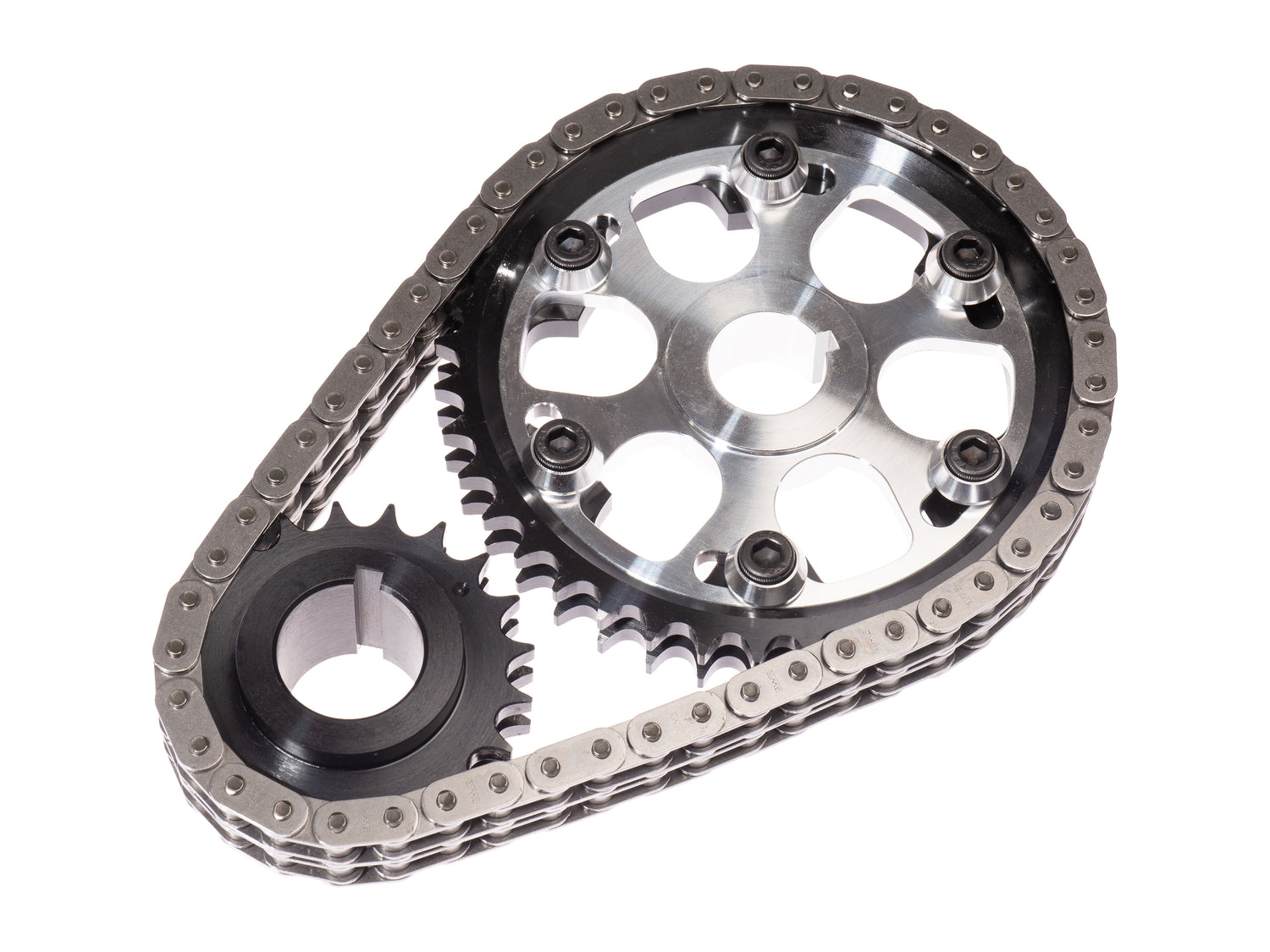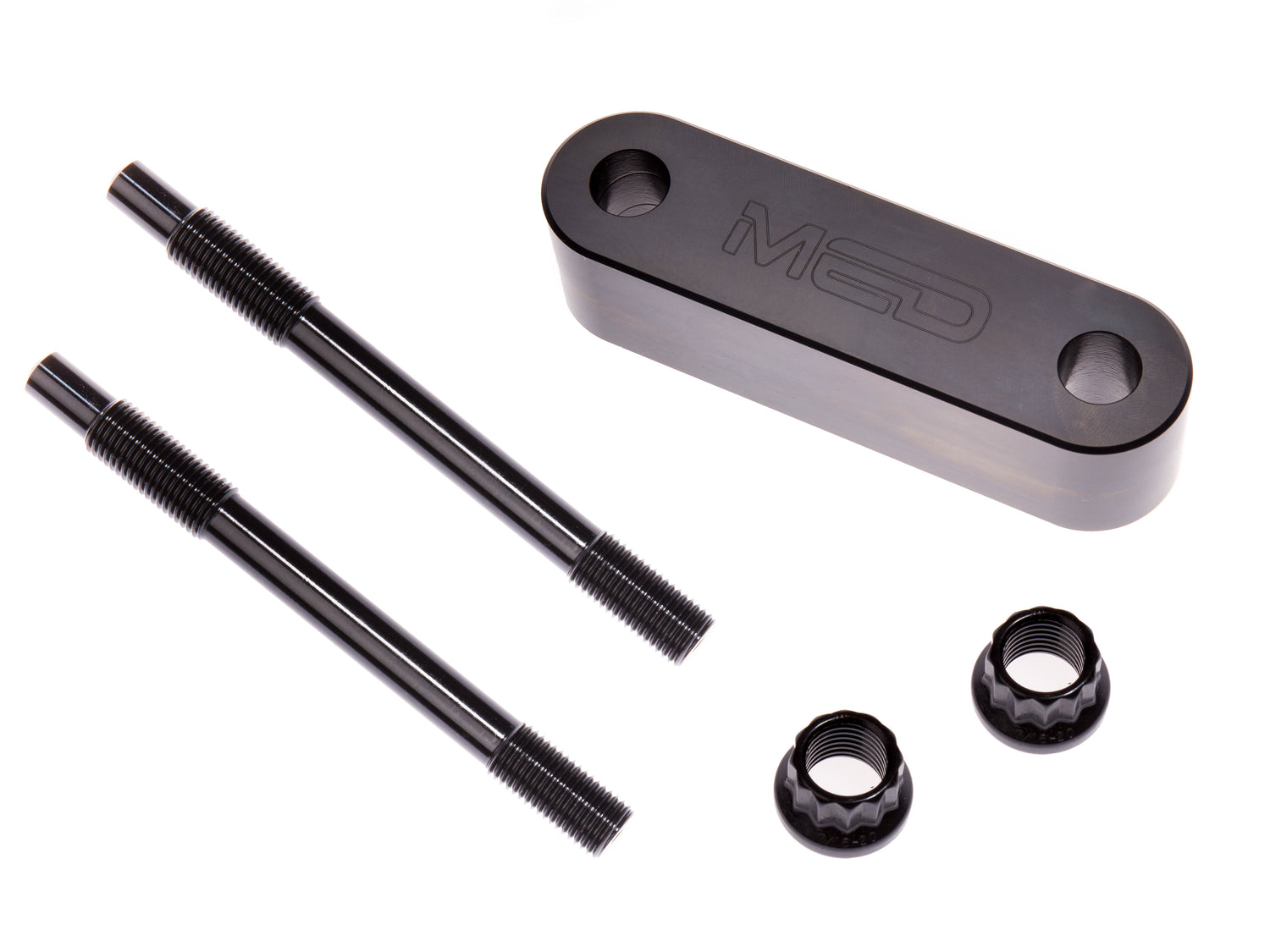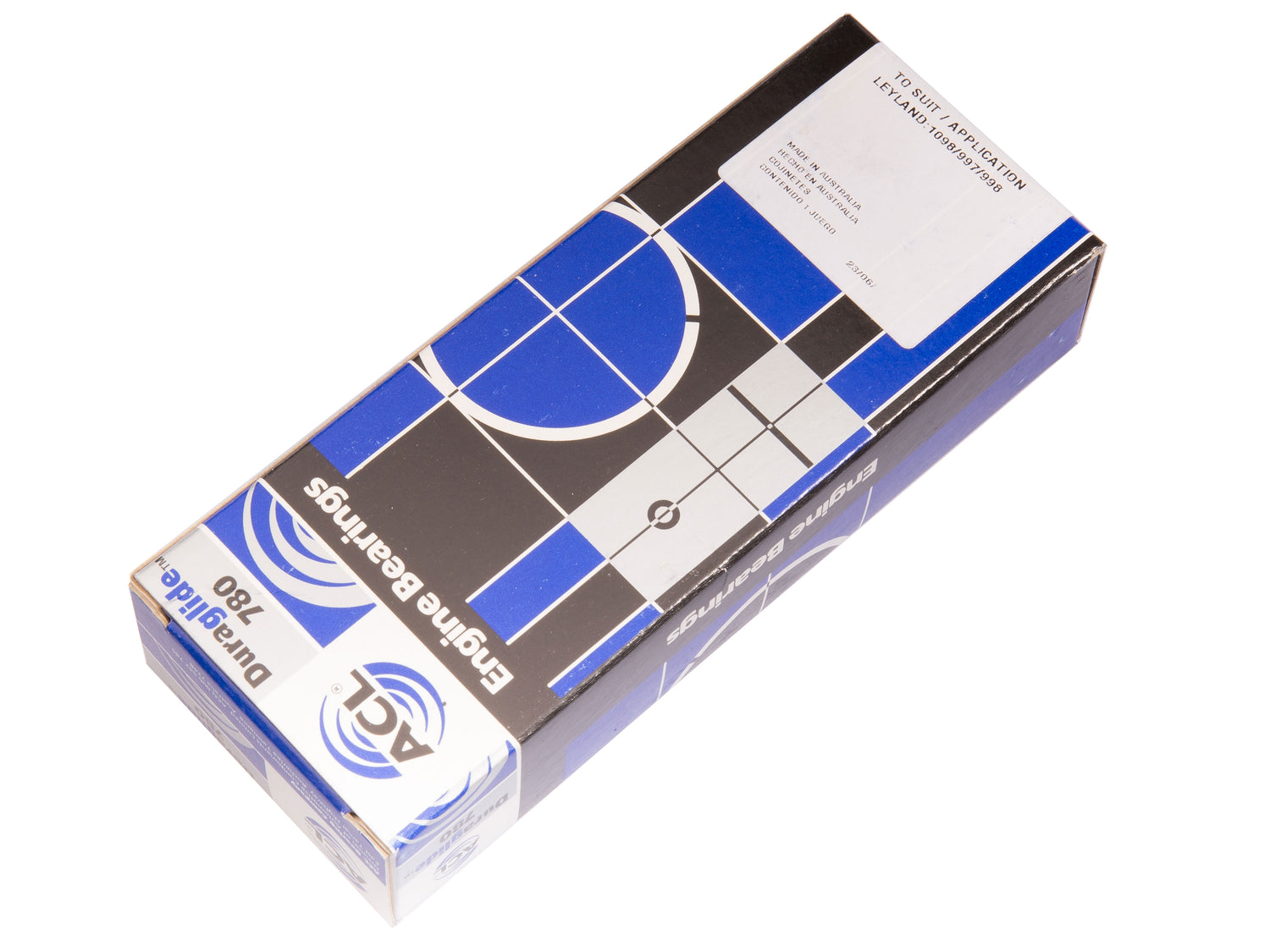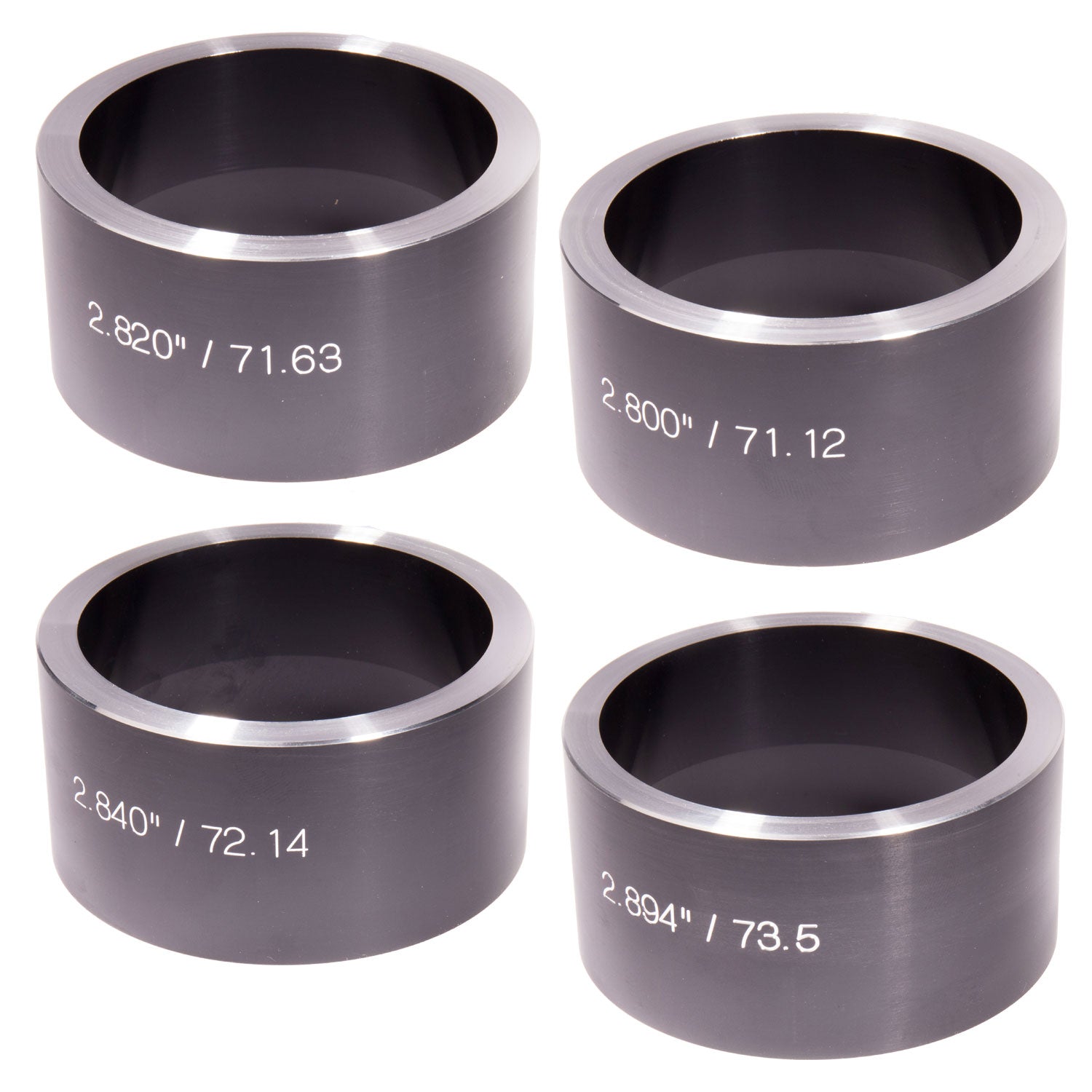How to assemble a classic Mini dog box

Using a refurbished DAM 5626 rod change gearbox casing, we will be fitting a dog-engagement gear kit complete with pre-assembled mainshaft assembly, laygear, modular selector forks, reverse gear and new needle roller bearings, plus new first motion and pinion gear lock nuts machined from EN24T.
In this case we will also be fitting all new shafts, roller bearings, a new MED NXG LSD, new Hardy Spicer LSD-type output shafts, LSD-type crown wheel and pinion, the pinion gear support housing, centre oil pick-up pipe, roller-type straight-cut drop gears and all the necessary new ancillaries.

The components included in the MED kit are much stronger than the factory parts. The stock selector forks are made from a bronze material, but the MED ones (front) are CNC machined from aerospace 7075 alloy, which retains the tensile strength of steel and makes them nigh-on indestructible.

A standard second gear with the Mini first/second gear synchro hub is shown on the left, with the MED items on the right. As standard, the synchro hub slides sideways to engage the gear via small matching dog teeth, with the baulk ring (bottom left) applying friction to a tapered 'cone' surface on the gear and acting as a mediator to match the speed of the gears.
This gives a smooth gear change, but baulk rings are susceptible to wear and untimely failure when used in high-power competition Minis. The MED gears engage via five over-sized dog teeth, while there are no synchro hubs and baulk rings to match the gear speeds.
This works similarly to a high performance motorbike transmission, and offers an enormous increase in strength and reliability for competition Minis. The downside, for regular road use this can be considered quite harsh in operation - they work best when driven hard.

The standard second gear is shown on the left, complete with its small dog teeth and angled helical cut main teeth. The MED gear has five dog teeth to engage the matching dog ring and are tapered to retain that engagement once selected.
Straight-cut gears give less running resistance (friction) than standard helical gears, meaning better power transfer to the wheels. The distinctive straight-cut gear whine is not just there for effect - these gears consume less power from the engine to make your Mini faster, all without increasing engine output.

The standard-style main roller bearings are retained, but the internal needle roller bearings use a stronger steel race than the standard plastic-cage versions. You can also see from this picture how much larger the diameter of the main shaft is on the MED dog box.

On to the assembly, and firstly, the selector shaft and interlock spool is fitted, along with the selector levers inside the box, retained with a fresh Nyloc nut.

The uprated selector forks are placed inside the casing and the selector fork rod slid through so that the hole in the shaft for the split pin lines up with the hole in the third/ fourth gear fork. It’s retained with a roll pin.

The complete mainshaft assembly is supplied pre-assembled. It goes in before the first motion shaft (aka fourth gear) is fitted.

The large single roller bearing needs fitting to the first motion shaft. We use a hydraulic press, but you could potentially use a large bench vice if careful.

A needle roller bearing is then fitted onto the first motion shaft, where it runs on the end of the main shaft.

The first motion shaft can now be carefully drifted into place, ensuring the needle bearing engages properly.

A circlip is then fitted to hold the roller bearing place.

At the other end of the mainshaft is the main double roller bearing, which is a slide fit and is carefully drifted into place.

It is best to gently and evenly drift the bearing using both the inner and outer races, as it is a press-fit on both the gearbox housing and the gear shaft.

The reverse gear shaft and new reverse gear follows. The MED design uses a phosphor-bronze bush internally, not visible here.

Next up is the new laygear. Here is the complete assembly before installation, with a new layshaft, needle roller bearings and thrust washers. For remote change installs, we offer a custom layshaft to suit the dog box.
You can use a regular rod change A+ layshaft for rod-change applications, although we would obviously recommend one of our own, as there are budget types on the market - best avoided.

The small needle roller bearings are then inserted into each end of the laygear. They are a different size for each end, which should be obvious when you're there.

The next stage involves a fair bit of multi-tasking, as the centre oil pick-up pipe, layshaft with bearings, laygear and the first thrust washer all need to go in at once.

With that done, the second thrust washer can go in and the laygear fully slid into place.

Now is the time to check the end float on the laygear. You can use a DTi or feeler gauges to measure it. We would recommend a clearance of between 0.007-inch and 0.012-inch here - more than standard, as this is less crucial with the straight-cut gears. Adjustments are made with different thickness thrust washers.

Next up is the reverse gear/layshaft retaining plate. It’s slotted in place...

…then the mainshaft bearing retainer plate/horseshoe is bolted into place. Three or four bolts are used depending on the casing. In this case the bearing needs 0.004-inch of pre-load, measure between the casing and the retainer. Any more than this and shims will need to be added.

Back to the other side, and the input gear is slid into place and lock tab fitted. The retaining nut can also be wound on. The teeth on our straight-cut drop gears are wider than standard for extra strength.

You may have also noticed the different idler gear set-up, MED on the left, stock on the right. The MED idler gear itself has a roller bearing that runs on a steel support shaft fitted into the gearbox casing, with a steel top hat spacer to sit within the flywheel housing.
This eliminates the often troublesome idler gear needle roller bearings and the need for shimming, saving time and further expense.

Next to go on is the pinion gear, followed by the lock tab and retaining nut.

The first motion shaft nut (fourth gear) is tightened to 120lb.ft, and the pinion gear nut to 150lb.ft. You’ll need to stop the gearbox from moving, so an assistant is handy. Engage two gears simultaneously to stop the gears turning, as per standard gearbox rebuilds.

Once the pinion and first motion gears are torqued-up, the lock tabs can be bent over.

The final jobs at this stage are to fit the speedo drive gear housing, and add the gaskets for the centre oil pick-up pipe before bolting the pipe in place.

Now it’s on to the differential assembly. We are using an MED NXG diff here, a modern plate-type diff that can maintain drive even if one wheel lifts off the ground. It’s great for hard trackday use and competition.

Before fitting the diff unit, the diff bearings are pressed into place.

The crown wheel is straight-cut to match the pinion gear. It’s bolted to the diff unit, with each bolt torqued to 55lb.ft.

This type of diff cannot be fitted without removing some material from the gearbox casing and diff housing to provide clearance, as shown here on the latter.

The diff unit is slotted into place and new gaskets added. Push it to the clutch side when fitting, as the diff bearings are preloaded by shimming and this is the non-shimmed side. The diff cover can then be fitted and bolts loosely nipped up.

New oil seals are pressed into the diff output covers. The output shafts are then fitted to the output covers and held in place with a washer and a circlip.

The selector shaft detent sleeve, ball, spring and oil seal is added to the gearbox casing.

The clutch-side output cover is fitted first, complete with gasket. The other side is fitted without a gasket at this stage, and the gap between the plate and the diff casing measured. 
The pre-load on the bearing, if required, can be altered by adding shims. Once it is correct, refit the output plate with the gasket, then tighten the bolts for the output plate and diff housing.

Finally, we’re fitting a pinion support housing. CNC machined from billet aluminium, it runs with a captive needle roller bearing within the support section of the housing. It can also be fitted to a standard mainshaft, if this is ground down to size to suit the optional adapter.

Here you can see how the housing extends to support the pinion, unlike the standard set-up on the right. As standard there is nothing to support the pinion and to stop it ‘climbing away’, made worse on pinion gears with small tooth counts.

The new housing is slotted into place with locating dowels and a new gasket.

It’s fitted with hi-tensile cap-headed bolts. It’s a very neat set-up.

With the drop gears fitted, that’s job done for now. All we need is a suitably powerful race engine to fit this new gearbox to!
February 2025




